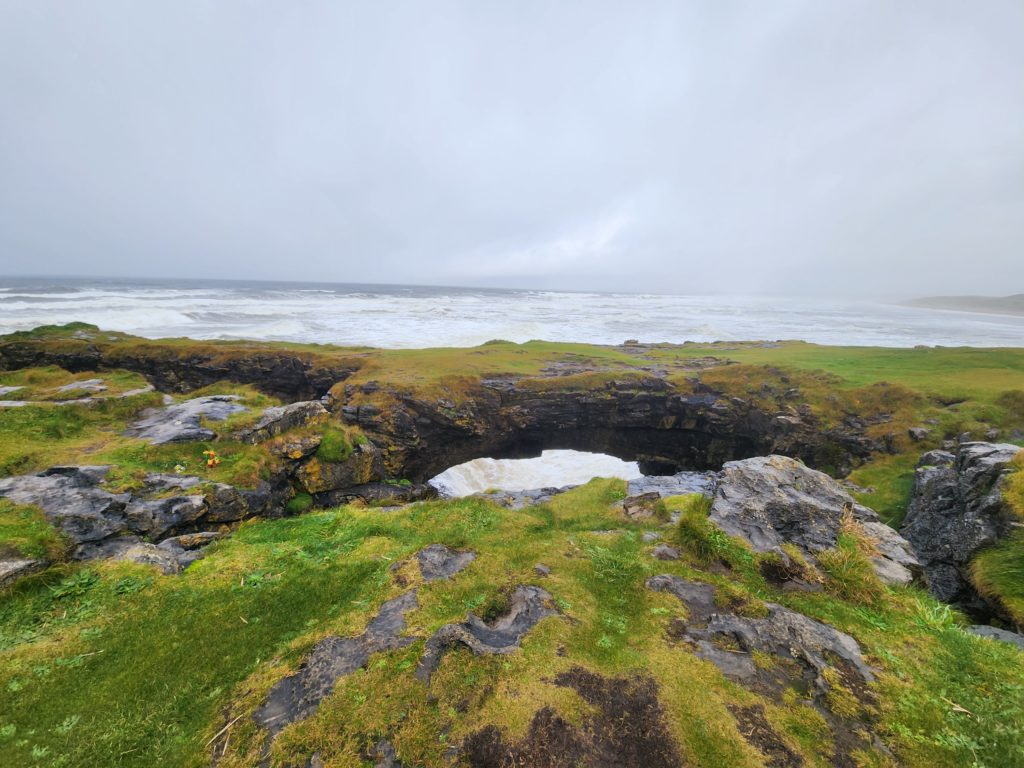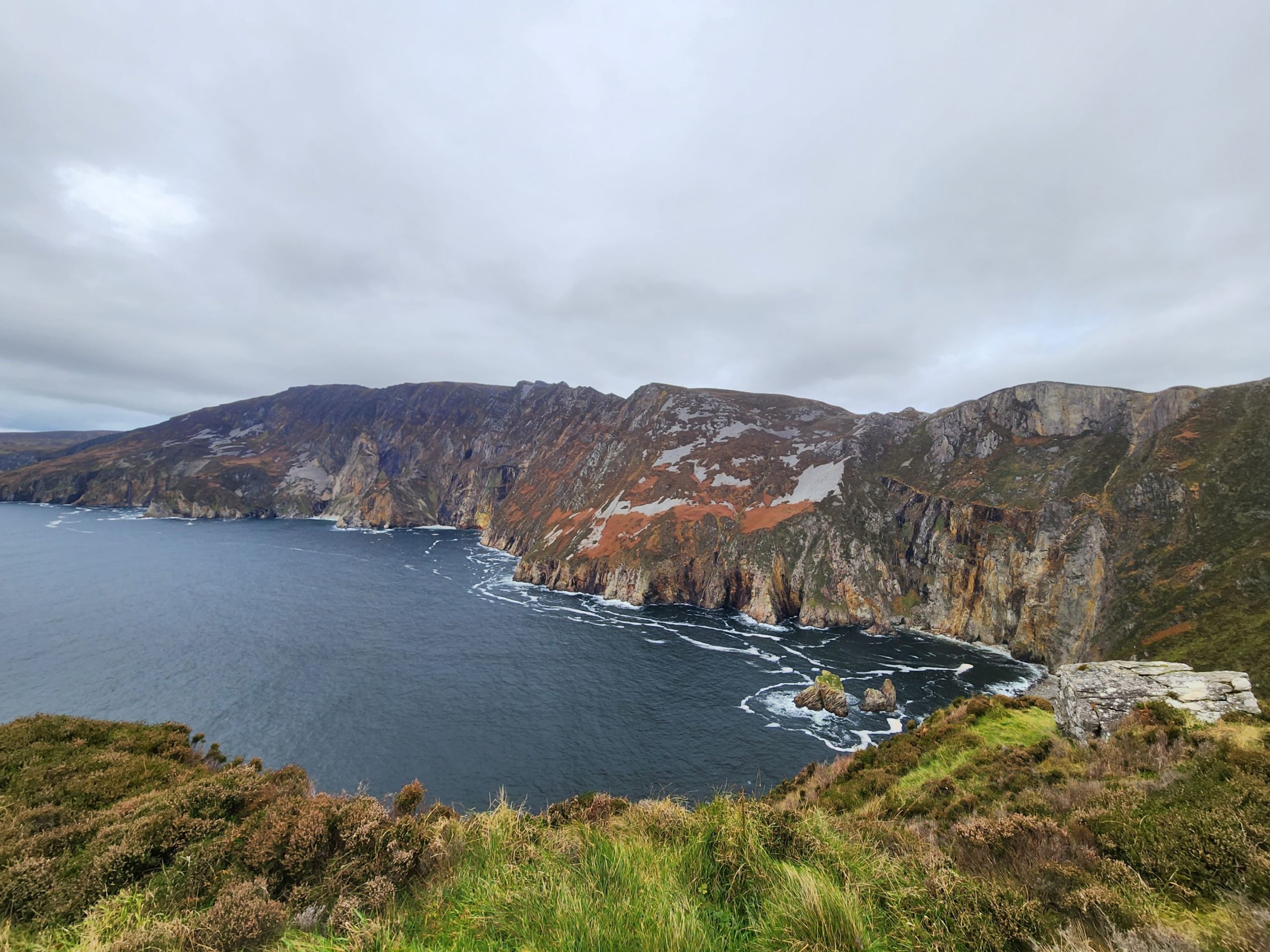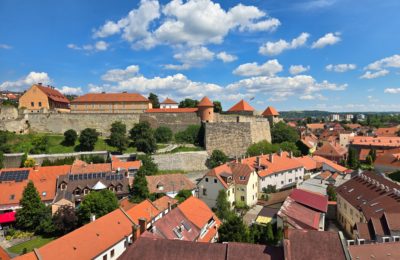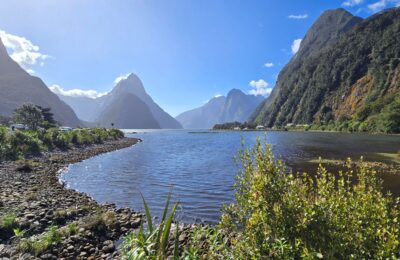When planning our trip to Ireland, we had to decide how we were going to travel around the country. Typically, I rely on a combination of public transit, walking and taxis/ride shares when traveling.
It is possible to get around Ireland this way, even if you want to see multiple parts of the country. For example, there are buses that go between Dublin and Belfast, as well as Dublin and Galway. From there, you can get to other interesting parts of the island via public transit or group day trips. You can also choose to make Dublin a home base and take day trips.
However, there is something romantic about an Irish road trip. Ireland is compact enough for a road trip to feel doable yet filled to the brim with interesting experiences. Whether you travel for city breaks, dramatic natural landscapes, history or culture, Ireland really does have it all. And traveling by car is kind of the perfect way to see it – with ultimate freedom.
Hiring a car in Ireland is also quite straightforward and pretty affordable. At least, compared to the US.
Still, with great freedom comes great possibility of being entirely overwhelmed by planning. Although Ireland is relatively small by square feet, there is no shortage of things to do. But there is always a shortage of time.
So here are some tips to help guide you in planning your perfect Irish road trip.
Decide the Theme of Your Trip
When you start planning your Irish road trip, the first thing to ask yourself is what type of trip you want. Ireland offers so much, and you won’t be able to see everything. So you should decide where you want to focus your energy.
I recommend thinking about a few different sort of themes on which you can focus your trip:
Nature:
Are you drawn to the Emerald Isle for its famous lush green landscapes and dramatic sea cliffs? The unique formations created by volcanic activity and the unrelenting Atlantic Ocean? If so, consider planning your trip around seeing as many of Ireland’s iconic natural formations as possible.
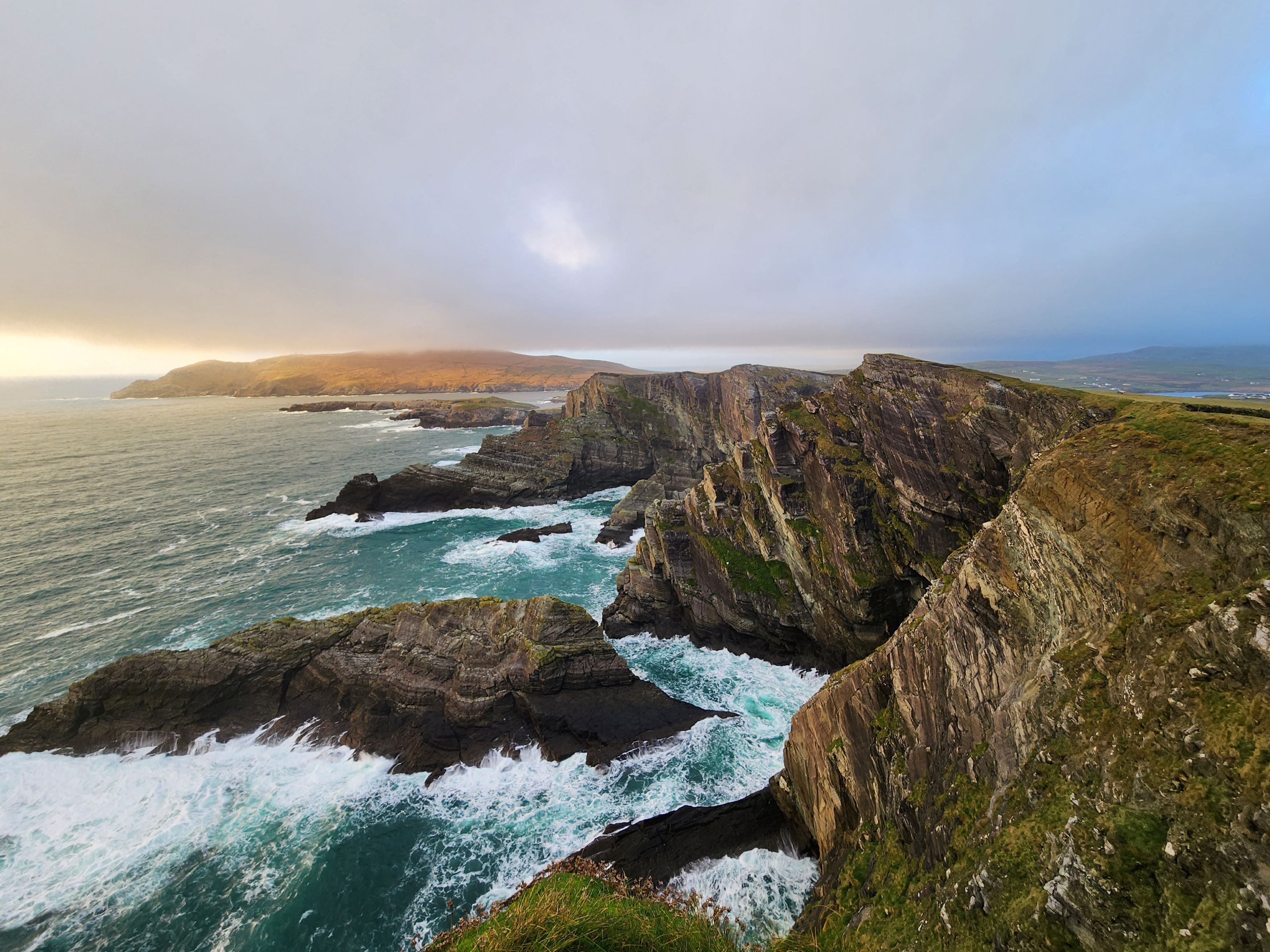
History:
Do you daydream about seeing Ireland’s famous castles? Are you the type of person who pins museums and historical buildings and monuments to your Google Maps? If yes, consider planning your trip around famous sites like the Blarney Castle. Stay multiple nights in cities like Dublin, Belfast and Galway to visit their museums.
Celtic Folklore:
Does the mythology of an area speak to you? Are you interested in fairies and druids and learning more about that culture? If so, consider focusing on the Fairy Bridges in the northwest and druid stone circles. Add folklore city tours to your itinerary.
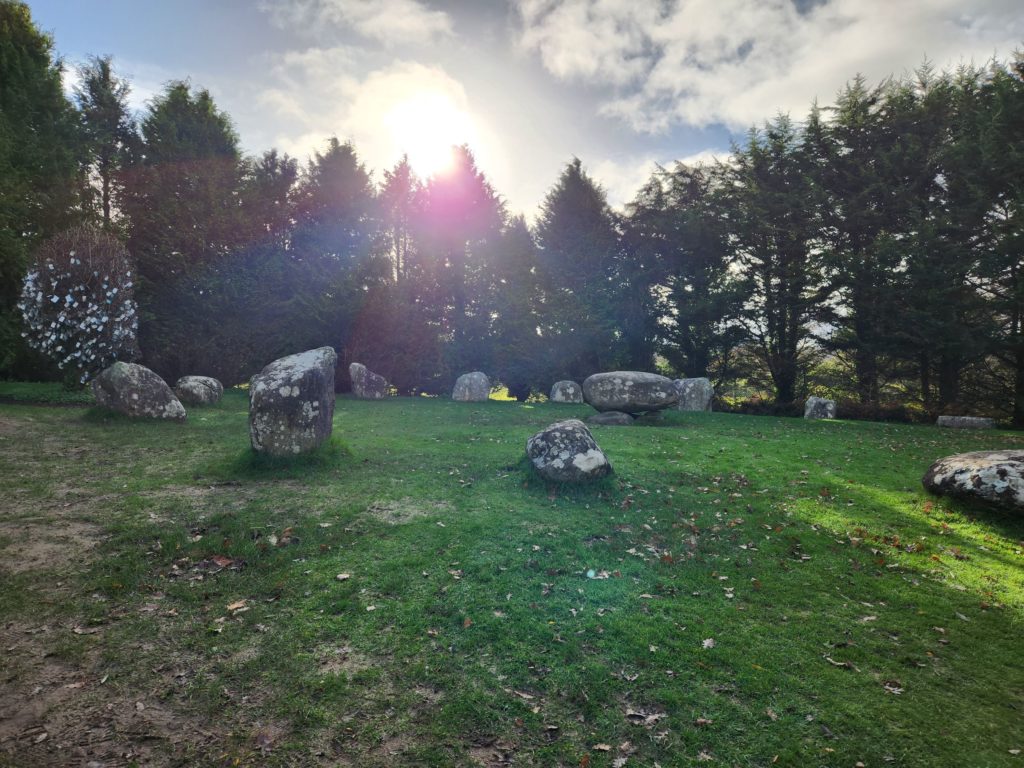
Irish Culture:
Do you travel primarily to understand the cultural heritage of a country or region? Are you intrigued by the Irish language and learning how language and religion shaped this country? If so, consider focusing on the west coast where there are villages where Irish is still the primary language. Seek out trad music where they still sing in traditional Irish.
While you can certainly combine all of the above into a single trip – and we did – it’s helpful to know what your primary draw is to Ireland in order to help outline an itinerary. For us, we were first interested in the nature, specifically the dramatic sea cliffs. Once I’d established sea cliffs as the focal point of the trip, the rest of the route fell more easily into place. We also experienced a taste of the history, Irish culture and folklore, but these experiences were built around visiting the sea cliffs.
Decide on the Number of Days
While it might be tempting to try to cram as much as possible into your Irish road trip, it is a recipe for exhaustion. You should be mindful of the number of days you’re allocating to the trip.
I recommend at least two nights per location, but I think an average of three is more ideal to ensure you’re getting the most out of each destination and avoiding burnout. We stayed two nights in each location, which meant that we were often arriving at our accommodations after dark as we were making pit stops during our drive to maximize the road trip experience. I did find myself wishing I had more time to spend in Belfast, Dublin and along the Ring of Kerry.
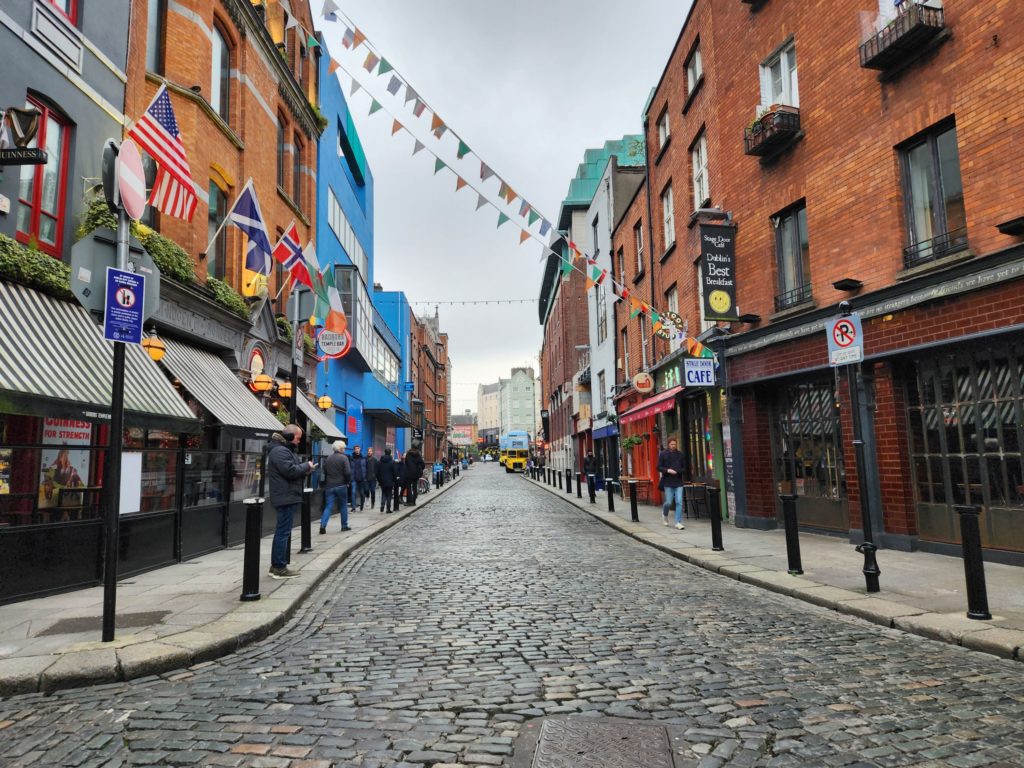
I think 10-14 days is ideal if you want to see the hot spots along the perimeter of the island. Still, it can be done in as little as eight days, as evidenced by my itinerary. If you have under a week to visit, I recommend sticking to either the northern or southern half of the island. With over two weeks, you can fit in my hidden gems along your route.
Prioritize Your Must Sees
Before you start planning your trip, I highly recommend sitting down and writing out everything you want to see in Ireland. Then, you should prioritize your must-haves and nice-to-haves, taking into account how many days have allocated for the trip.
On our Irish road trip, though we were prioritizing the sea cliffs, we wanted a combination of cities, nature, culture and history. It included UNESCO World Heritage Sites, castles, sea cliffs and museums. Some of the things we prioritized included:
- Belfast Titanic Experience
- Giant’s Causeway
- Old Bushmills Distillery tour
- Slieve League Cliffs
- Cliffs of Moher
- Ring of Kerry
- Blarney Castle
- National Museum of Ireland in Dublin
- Guinness Storehouse tour in Dublin
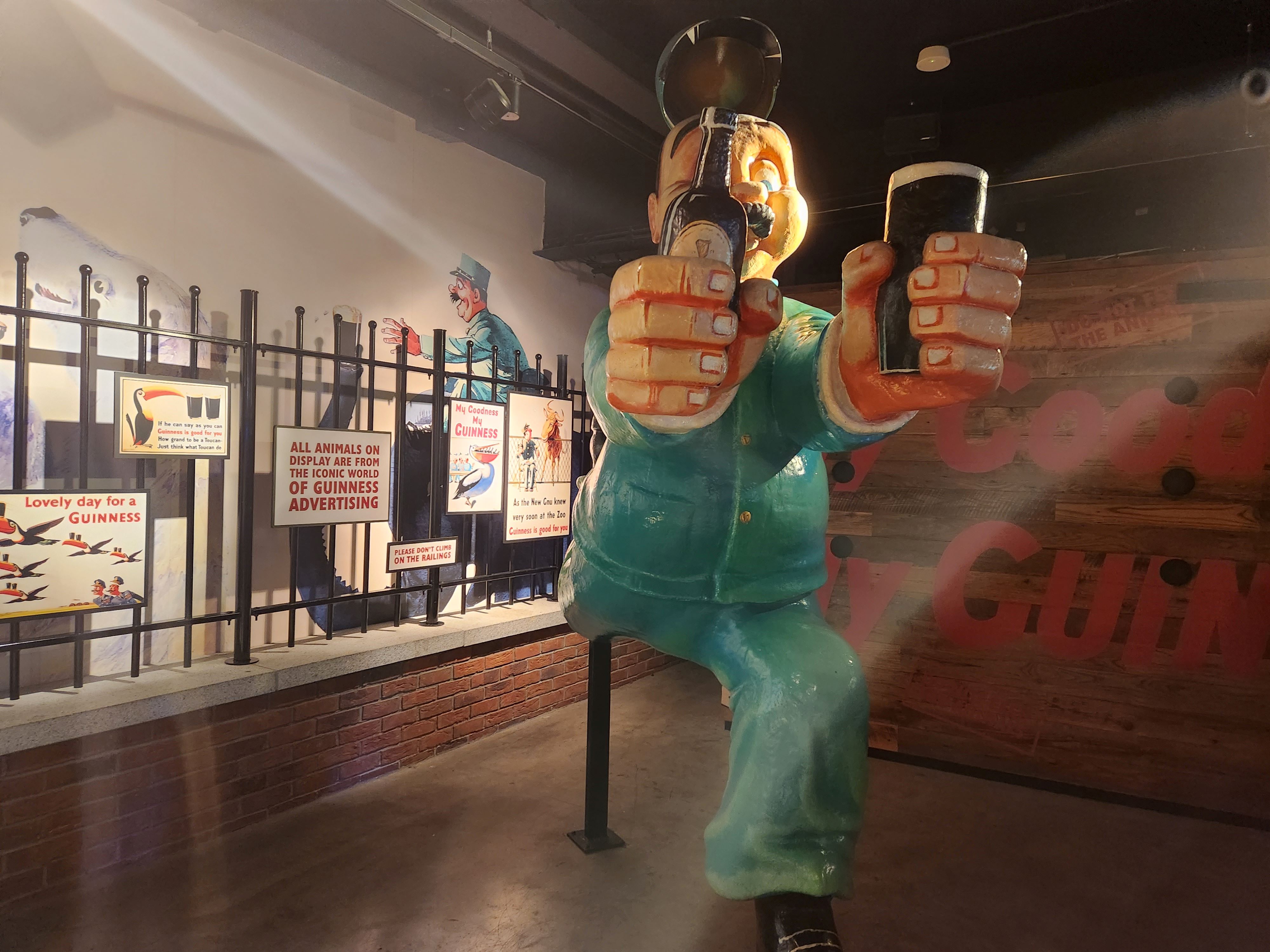
This list of experiences helped outline our route through the country and decide where to stop for the night. We fit a lot more in than just the above, but this prioritization helped create a solid skeleton for the itinerary.
Pick a Time of Year to Visit
Ireland is known to be quite rainy. Perfect for lush green landscapes, but at times less than perfect for exploring them. You have the chance of running into overcast skies and rain year-round. While this reality can sometimes complicate trip planning, with Ireland I think it actually opens up your possibilities.
Any tourist destination has three main seasons: Peak season, shoulder season and low season. In Ireland, you don’t have to feel beholden to the weather when planning your trip as you have high chances of rain and gray during peak season and off-season.
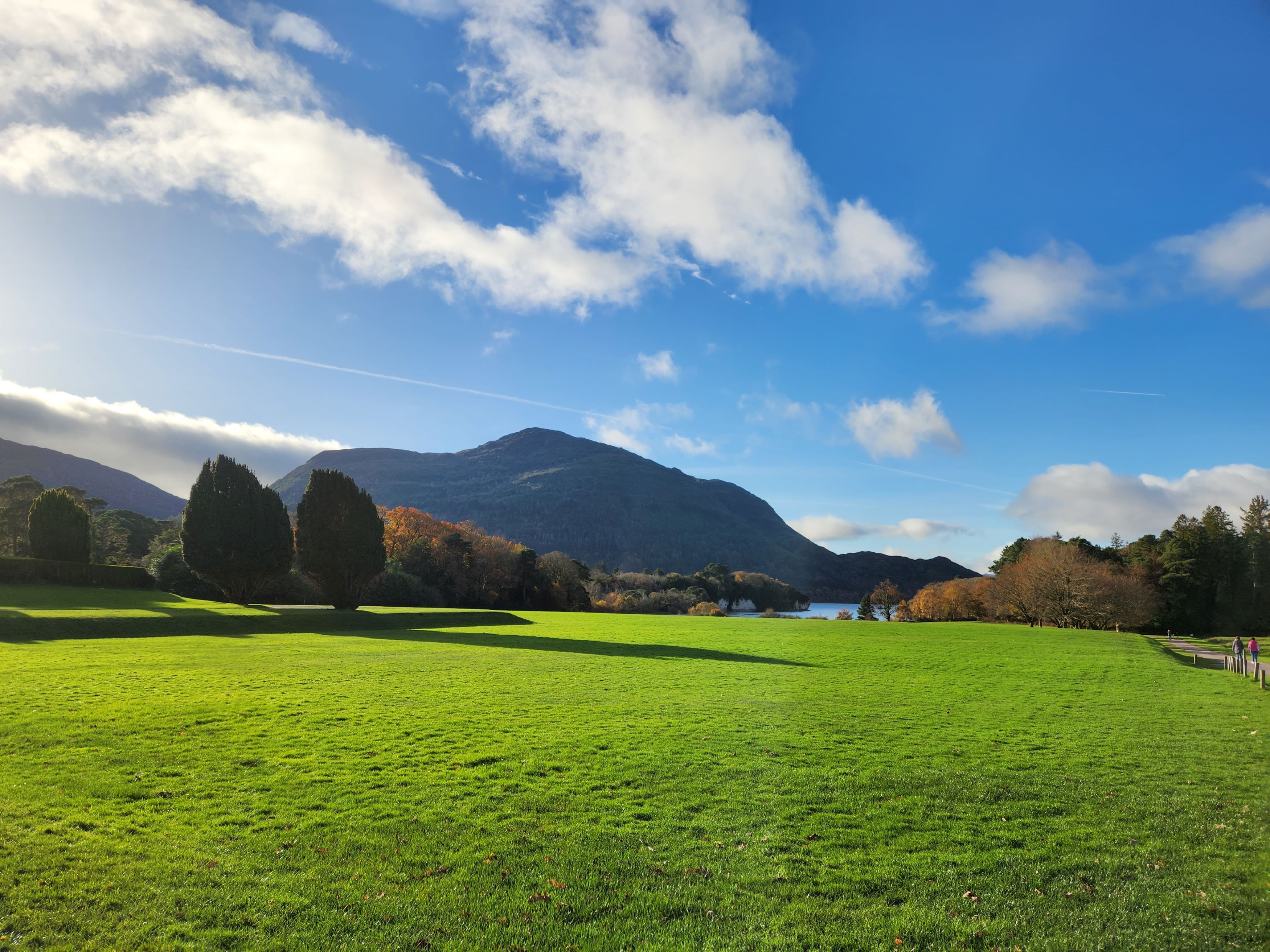
Irish Road Trip During Peak Season:
Peak season is the most popular time of year to visit a place. It is typically characterized by the best (re: clearest and often warmest) weather and large crowds. For many locations, peak season often coincides with school holidays.
Ireland’s peak season is from about June to August, as this time has the highest chance for warm and sunny weather. However, because Irish weather is so unpredictable, there are no guarantees. In fact, when we visited, we were told it rained every day of July 2023, during the most popular time to visit. Similarly, you can experience sunny weather in June or in November, though the chances are relatively higher in June.
If traveling to Ireland in peak season, a road trip might be the best way to see the country. It will give you the flexibility to travel outside of peak times. You may have a better chance of seeing popular destinations during less popular times of day than if you were taking group tours or relying on public transit. You’ll also have more daylight hours, so can really maximize each day, meaning you may be able to fit more into a shorter time frame.
Irish Road Trip During Shoulder Season:
Shoulder season for Ireland is around mid-April to May and September to mid-October. These months are on either end of peak season. They typically have somewhat lighter crowds than peak season and still have decent weather for sightseeing. A major perk of shoulder season is that all tourist attractions and transportation are still likely to be open, but you won’t have to fight through major crowds to see them.
Shoulder season might be the best time to plan an Irish road trip because it will give you more flexibility. You don’t have to worry as much about arriving at popular sites only during off-hours to avoid crowds. But you still have more daylight hours to explore, meaning you can maximize your time.
However, we visited during low season, and I couldn’t recommend it more. We sometimes had popular sites like Giant’s Causeway entirely to ourselves. The only drawbacks were that some of the less popular tourist attractions were closed or running on a limited schedule for the season, and days were shorter. A lot of attractions, especially natural ones, close at sunset. If nature is at the top of your Ireland wish list, this could be a major drawback.
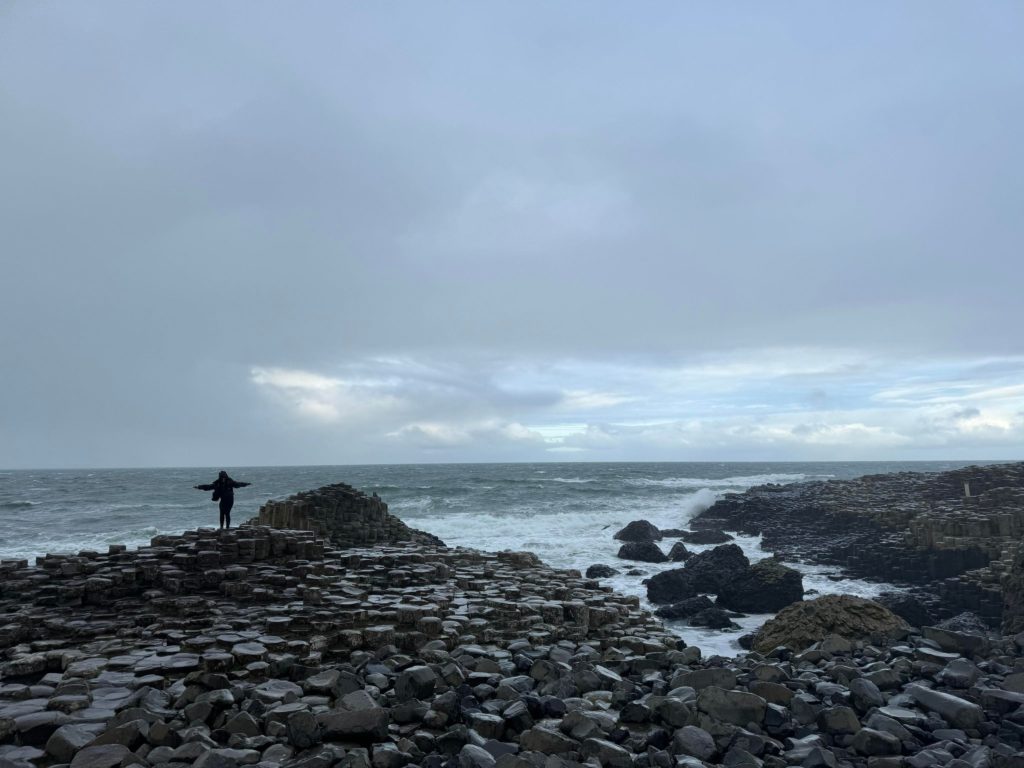
Irish Road Trip During Low Season
Low season ranges from about mid-October to mid-April for Ireland. This time of year is when you’ll see the lightest crowds (maybe even no crowds), but have the highest chance for bad (cold, rainy) weather. Also, some tourist attractions close for this season or open only on a limited schedule. Transportation may be more limited too.
If you’re taking a road trip, low season is a great time to travel. There are fewer cars on the road, and you can get in between places a bit faster. Most major tourist attractions will not be very crowded, so you don’t need to worry as much about visiting during off-hours. For example, we visited the Blarney Castle during mid-morning, and there was barely anyone there. As there are fewer daylight hours, you may need to allocate more time or commit to seeing fewer things on your road trip.
Choose Your Direction
Once you know what you want to prioritize seeing in Ireland, you should decide in which direction you’re going to drive. You’re most likely going to fly into Dublin to pick up your car and start your trip.
From Dublin, the most popular directions are to go north up to Belfast, west over to Galway or south down to Cork. Depending on the number of days you have for your Irish road trip, you can likely drive around the entire island or half the island.
If your trip is under a week, I recommend only trying to see a few locations on the island. A few solid routes could be:
- Dublin > Belfast > Donegal > Galway > Dublin: This trip will give you a good mix of cities, nature and history, including a visit to the Slieve League Cliffs
- Dublin > Galway > Killarney > Cork > Dublin (or the other direction): This trip will give you a good mix of nature, architecture and cities, including the Cliffs of Moher and Blarney Castle
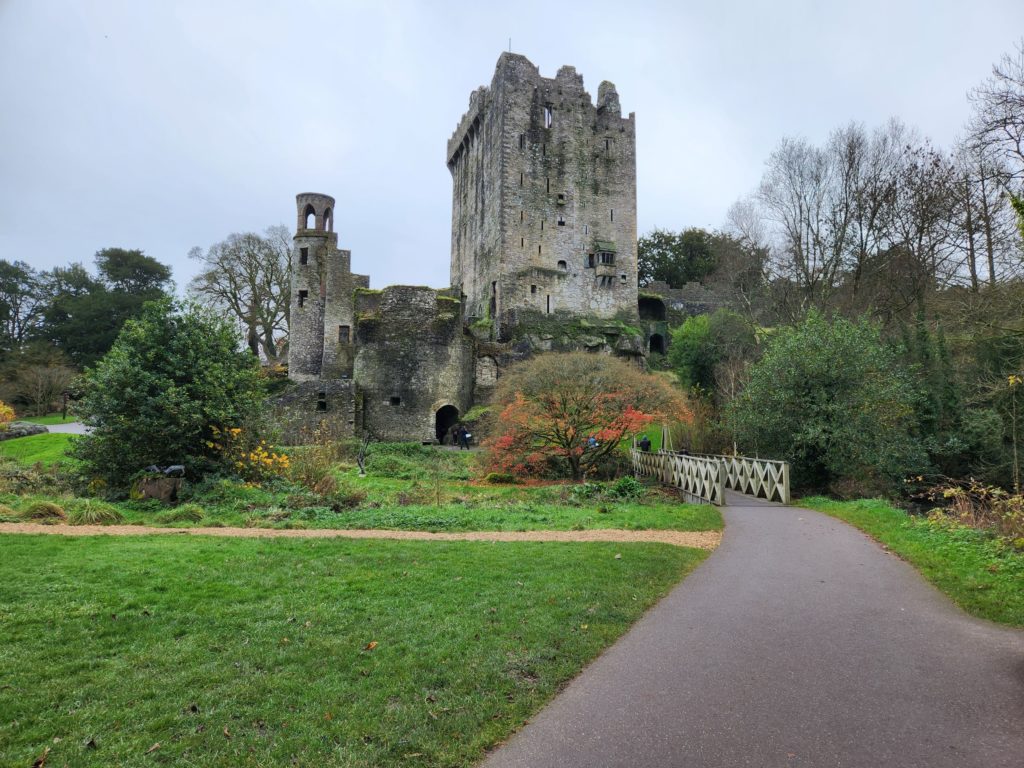
If you have more time for your trip, I do recommend taking a trip around the perimeter of the island, starting from either Belfast in Northern Ireland or from Cork in the south of the Republic of Ireland. I do think seeing both Northern Ireland and Republic of Ireland is interesting and gives more insight into the cultural differences, history and tensions of these regions. You’ll leave the island with a more complete understanding.
Stay Flexible and Follow Your Eyes
While it’s good to have a route and general itinerary to follow, you want to make sure you have some flexibility in your schedule to make stops along the way. For example, in the gift shop below the Slieve League Cliffs, we got a hold of a map of the “Wild Atlantic Way” route.
The “Wild Atlantic Way” is a route down Ireland’s west coast that is characterized by the dramatic landscapes the Atlantic ocean cut into the Emerald Isle. There are blue signs pointing visitors towards the Wild Atlantic Way, but driving the entirety of it would take several months. However, having the map showing the must-see spots and some flexibility in our route gave us the opportunity to pull out at some of the best lookout points and natural structures.
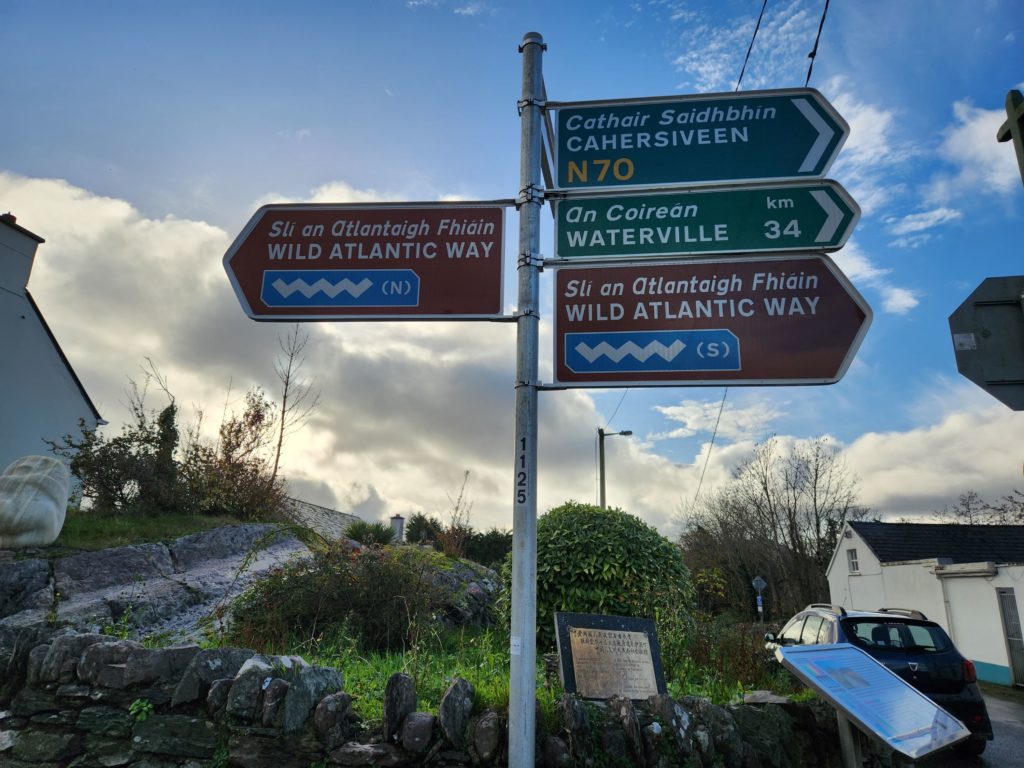
Flexibility also led to us coincidentally seeing the Rock of Cashel, an important historical structure we hadn’t heard of, but is sometimes combined with a tour of Blarney Castle.
Leaving some of this flexibility in your road trip will be key to enjoying it to its fullest.
My Irish Road Trip Route
At this point, you may be wondering about how I planned my perfect Irish Road trip and what route I took. If you’re curious, here is the itinerary:
- Day 1: Fly into Dublin, pick up rental car and drive north to Belfast
- Day 2: Explore Belfast, including the Titanic Experience, Peace Walls, Maritime Trail, City Hall and trad music
- Day 3: Drive to Giant’s Causeway for a hike then tour the Old Bushmills Distillery, drive to Killybegs in the afternoon
- Day 4: Hike to the top of the Slieve League Cliffs, try to visit the Glencolmcille Folk Village only to learn it’s closed for the season, drive to a lookout on the Wild Atlantic Way
- Day 5: Drive to Killarney, with stops at the Fairy Bridges, Galway Christmas Market and Cliffs of Moher
- Day 6: Drive the Ring of Kerry, including the Kerry Cliffs
- Day 7: Drive to Dublin, with stops at Blarney Castle and Rock of Cashel
- Day 8: Explore Dublin, including the Museum of Ireland, Guinness Storehouse, Dublin Castle and trad music
- Day 9: Fly home
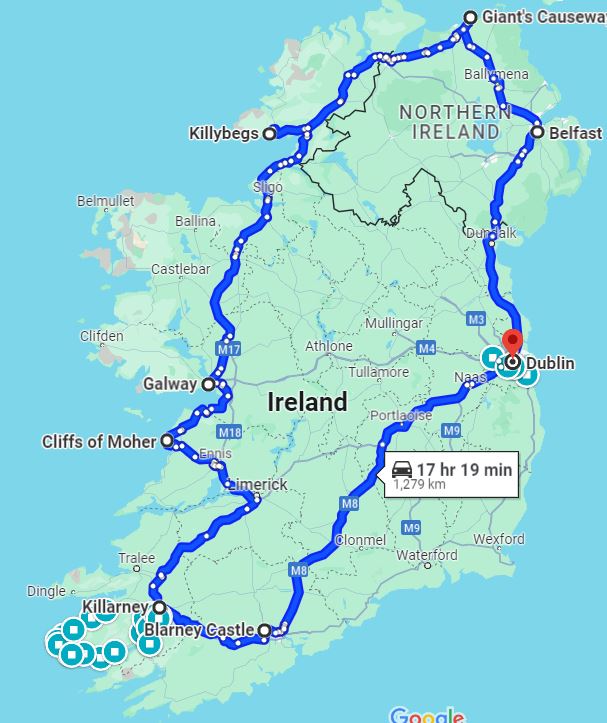
As you can see, we fit a lot into an eight-day road trip. It was pretty fast-paced and we were quite tired by the end, but we were happy with everything we got to see. We don’t know the next time we’ll be in Ireland, so we were happy with this pace.
Logistics:
Car Rental
The easiest way to rent a car is to pick it up in the airport in Dublin when you land. We rented through Hertz, and pickup was quick and relatively simple. We have status at Hertz through credit cards, so we were able to go in a fast track line, but in the off-season, that wasn’t really necessary.
The rental cost about 300 euros in total, after additional fees. This price includes a weekly discount for renting for 7+ days.
When we returned to Dublin, we chose to turn the car in a day early to avoid trying to drive and find parking in the city center. We just pulled into the parking garage, explained what we wanted to do, and there was no issue.
Driving on the Left
I’ll be honest: Driving was very much not my job for this trip. I’m not even the best driver when driving on the right-hand side of the road in the US, so I didn’t want this challenge. My husband instead was the driver, and he said he found it surprisingly easy to adapt.
Adapting might have been harder for me as the passenger. I’d often look up and slightly panic (silently) about being on the wrong side of the road before my brain kicked in and reminded me it was okay. Good thing I wasn’t the one driving, huh?
Accommodations
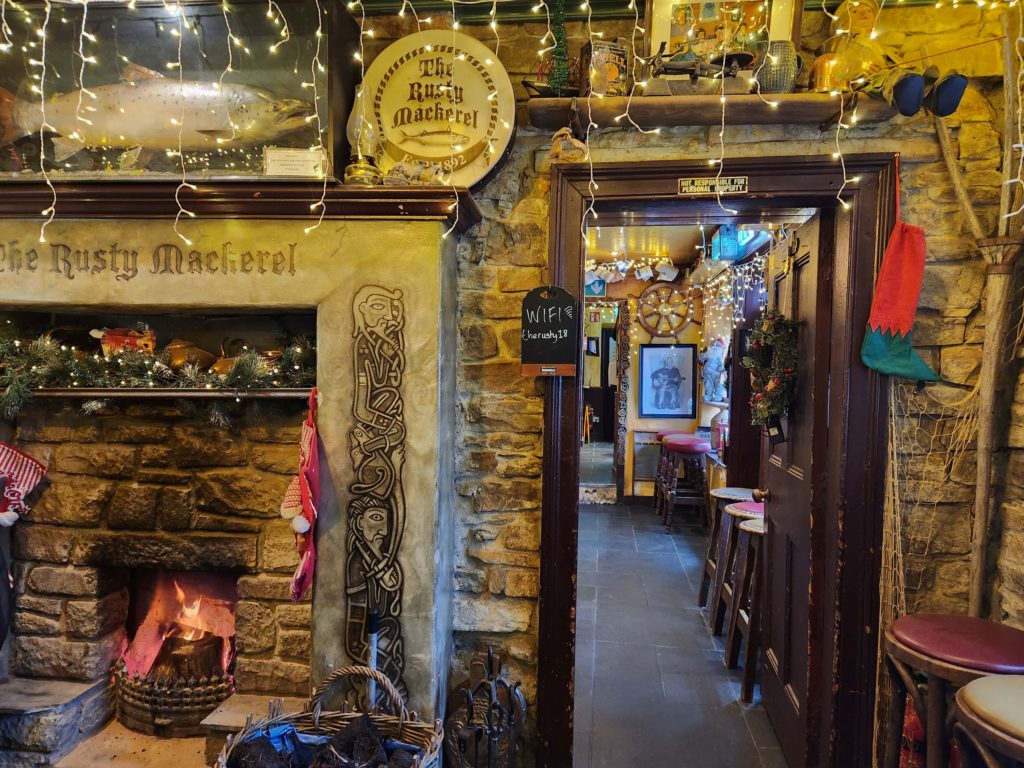
I booked all of our accommodations in advance, which meant we didn’t have ultimate flexibility. But booking in advance was helpful in sticking to a route. The accommodations all had flexible cancellations, in case we wanted to make any changes to our itinerary. We ended up sticking to it, though.
I booked primarily Airbnbs except for in Dublin where a budget hotel near the city center was cheaper than Airbnbs. The Airbnbs were all lovely, as they were in or near units that were owner-occupied. Also, they allowed us to stay in some smaller towns like Killybegs that don’t have a ton of accommodation options especially in the off season.
When you’re booking accommodations, make sure you’re aware of the parking situations in different locations. Parking wasn’t an issue in the smaller towns and cities like Killybegs and Killarney, but it was harder in Belfast and Dublin.
One thing I wished I’d consider was staying in the inns above pubs.
Are you interested in taking an Irish road trip? Feel free to reach out with any questions.
